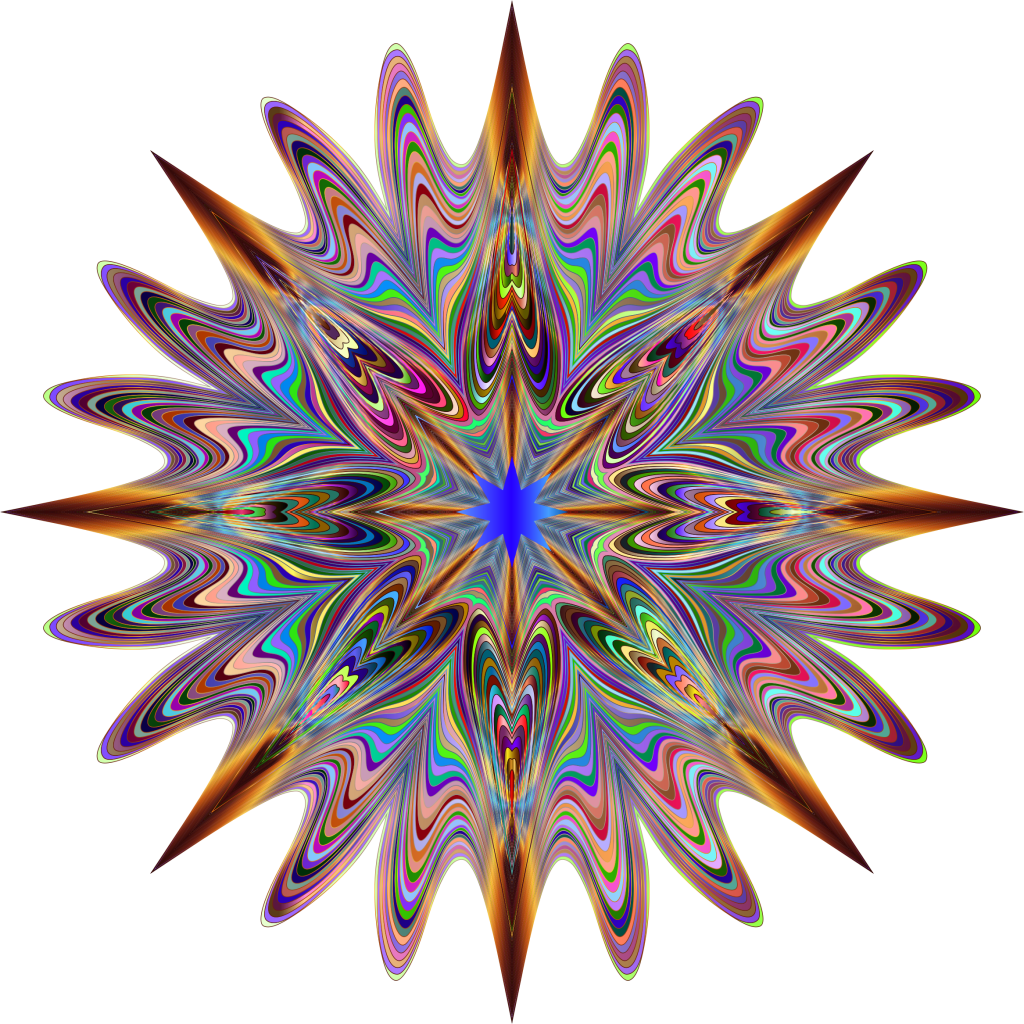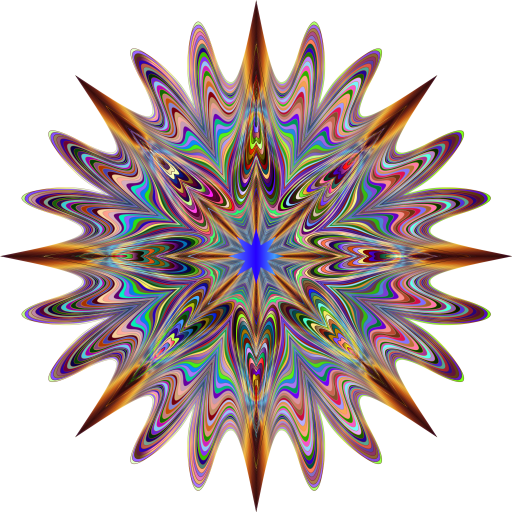Psykedelika
Is LSD addictive (Yes_ See why/ No_ See why)
What is LSD?
Is lsd addictive should come after you know what is LSD. LSD (D-lysergic acid diethylamide) is one of the most powerful mind-altering chemicals. It is a clear or white odorless material made from lysergic acid, which is found in a fungus that grows on rye and other grains. LSD has many other street names, including acid, blotter acid, dots, and mellow yellow. The carious categories and tags on LSD Drug make it a special psychedelic drug.
LSD is taken by mouth. It has a slightly bitter taste, and is available in tablets (lsd tabs), capsules, or as a liquid (liquid lsd). The acid is usually sold on a piece of reading paper, and the user chews or swallows it to get the drug. LSD has zero physical addiction potential. It is not physically addictive, and it is not a drug that you will immediately want to do again. This is not the type of drug where a user experiences withdrawal if another dose is not taken within a relatively short period of time. But this does not answer the question of whether LSD is addictive? Yes.

Är LSD beroendeframkallande?
Ja, LSD är beroendeframkallande.
Se vad som gör LSD Drug till en beroendeframkallande pyschedelisk drog.LSD is a mind-altering drug. It is believed that LSD causes its characteristic hallucinogenic effects by interacting with serotonin receptors in the brain. Serotonin is a neurotransmitter that helps control your behavior and mood, directs your senses, and slows down your thoughts.
The physical effects of LSD are unpredictable from person to person, and no one knows whether they will have a good or bad “trip.” Typically, the first effects of the drug are felt when taken by mouth 30 to 45 minutes after taking it, peak at 2 to 4 hours, and can last for 12 hours or longer. Use via the intravenous (IV) route produces a much faster onset of action, usually within 10 minutes. Effects include:
- hallucinations
- distorted visual perception of shapes, colors
- altered sounds
- anxiety and depression
- flashbacks days or months later
- rapid pulse, increased body temperature, and high blood pressure
- dilated pupils
Effects of an addictive LSD drug
Physical effects may also include nausea, loss of appetite, elevated blood sugar, difficulty sleeping, dry mouth, tremors, and seizures. Extreme mood swings may occur. If taken in large enough doses, the drug produces delusions and visual hallucinations. Overdose can lead to severe psychosis. Death is often due to direct injury while under the influence of LSD; there is no known lethal dose of LSD.
The user may also experience impaired depth and time perception, with distorted perceptions of the size and shape of objects, movement, color, sound, touch, and one’s own body image. Sensations may appear to “cross over,” giving the impression of hearing colors and seeing sounds. These changes can be frightening and can cause panic. Some LSD users also experience difficult, frightening thoughts and feelings, fears of losing control, fears of madness, and death.
After an LSD trip
After an LSD trip, the user may suffer from acute anxiety or depression and may also experience flashbacks (also called hallucinogen persisting perception disorder), which are recurring effects of LSD days or even months after taking the last dose.
LSD produces tolerance, meaning that the user needs larger doses of LSD to get the same high. Some users who take the drug repeatedly must take progressively higher doses to achieve the state of intoxication they had previously achieved. This is an extremely dangerous practice, given the unpredictability of the drug.




